Rainfall, heat and wind – the weather can have an adverse affect on your river cruising plans which can easily cause redirections, ship swaps and sometimes cancellations.
As with ocean cruising where hurricanes and high winds can force itinerary changes, the weather plays a huge part on determining just how smooth a sailing your river cruise will be.
Fortunately, most river cruises are straightforward and you enjoy visiting your ports of call as normal. However, on the occasions where the weather gets the better of your cruise line, here is a handy guide on what to expect when water levels affect your river cruise.
High water levels
During the spring, when snow melts, it rains more regularly and summer flash floods become a possibility, water levels rise and make a number of rivers impassable.
River cruise ships are built to meet strict requirements including height, width and draft. These are all determined by variables such as bridges they must pass beneath; locks they need to fit through; and the depth of rivers they sail along.
Excess water levels can tip these variables into a danger zone which alerts the crew that they can no longer sail as flooding has made it unsafe to continue. Most of this flooding is seen in April, though it can also affect sailings in May or June as the weather varies year to year.
Rivers most affected by high water levels include the Danube, Rhine and the Moselle.
What happens when the water levels are too high?
There are two options when river levels are too high: turn the remaining cruise into a bus tour or swap ships. Where cruise lines have a fleet of ships operating in similar destinations, passengers can be transferred from one ship to the other to then continue the remainder of the sailing. When this happens, the ships are mostly identical so passengers tend to stay in the same room number and carry on as normal.
Where there are no ships available, passengers will then reach the remaining ports by bus and stay overnight in hotels, or the cruise line would operate day trips from a central location.
River cruise lines will only look to cancel their sailings in extreme circumstances, but if you’re concerned about high water levels, we suggest booking before April and after June to avoid the possibility of reaching high water levels during your sailing.
Low water levels
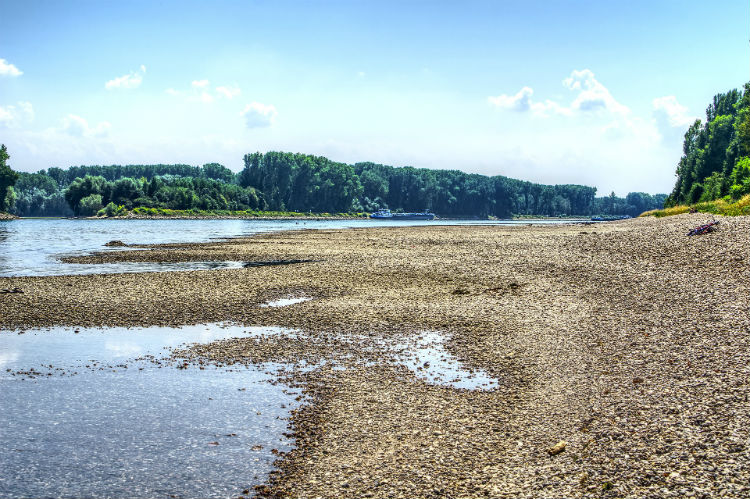
As well as high levels, low water levels can be just as crippling for a river cruise ship. Low water typically occurs during hot periods of weather, usually from September to October when the summer season comes to an end.
When river levels are low it no longer allows river cruise ships to float without it grounding, making navigating impossible. The Elbe River is most common river to struggle with low levels as it already has a low water volume to begin with.
What happens when the water levels are too low?
When river water levels are too low, river cruise lines will often undertake the same measurements as with high water levels: turn to bus tours and hotel stays or swap ships. In some cases, passengers may be offloaded and ballast tanks will be emptied to lighten the ship for it to pass a particularly low patch, before reboarding when levels are more normal.
Predicting water levels on a river cruise
Unfortunately, water levels are unpredictable. Just because one section of the river is too low, doesn’t mean to say the entire river is.
History doesn’t often offer much insight either, as seen in June 2013 when Passau, Germany was hit with the worst flooding and highest water levels since the Middle Ages!
What other weathers can affect my river cruise?
Fog
All river cruise ships are fitted with radar, allowing them to sail through fog patches which would otherwise render crew ‘blind’ to the obstacles and river navigation.
What happens when it’s too foggy on my river cruise?
When you cruise through fog, the ships will slow down to permit for easier manoeuvring, though this will not mean you will miss your tours or trips as river cruise itineraries usually allow for late arrivals in these circumstances.
In extreme cases of thick fog, some rivers may close while the fog clears.
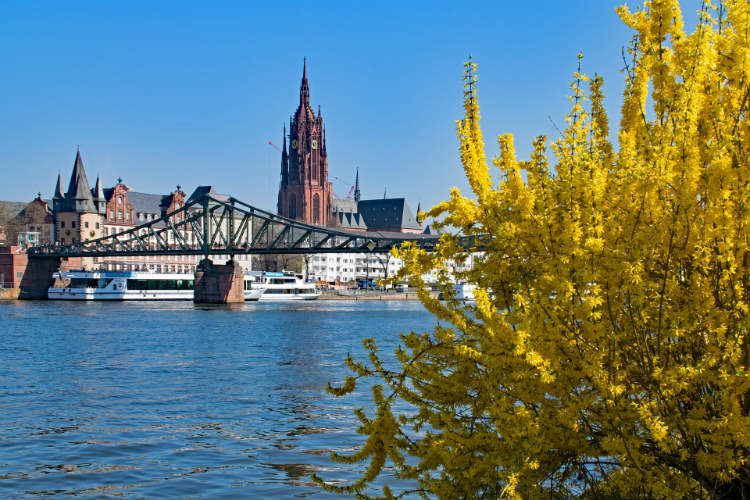
Wind
Just as with ocean cruise ships, there are certain restrictions with wind levels that river cruise ships are permitted to cruise in. Across Europe, river ships are able to sail in Level 6 winds. This is classed as a strong breeze and can measure between 22 and 27 knots.
Newer ships do not carry the same qualification, as for the first six months they are classified much lower at a Level 3 which is a gentle breeze and measures between 7 and 10 knots.
When wind levels exceed these restrictions, the ship will become grounded up the wind subsides. In some cases, crew will remove furnishing and close the top deck for safety reasons.
Belgium and the Netherlands’ waterways see a few cases of high winds, due to their close proximity with the Atlantic. The Rhone River also experiences some strong winds in the summer.
What happens when it’s too windy on my river cruise?
If you’re caught in high winds, cruise lines will often arrange bus trips to the that day’s destinations or, in extreme cases, hotel stays will be offered for the remainder of the sailing.
As winds change drastically, decisions can often be made last minute on where to sail and how to arrange tours.
Should I cancel my river cruise due to the weather conditions?
Unless you have travel insurance which covers cancellation, we would advise passengers to wait for the cruise line themselves to get in touch. Cancelling often means you lose out on your full cruise fare and the opportunity to either book another sailing or a refund.
The cruise lines will contact their passengers and share information on itinerary changes, ship swaps and cancellations as soon as they are aware – allowing guests to make an informed decision on what to do next.
Though it can be frustrating when your holiday doesn’t quite go to plan, it helps to know that the cruise lines are prepared to offer alternatives so you don’t miss out on their fantastic itineraries and tours due to a bit of bad weather!
We advise for all passengers to research their sailing dates and regions before booking their cruise and, though we hope your sailing is smooth, remain flexible and open to options just in case you have a last minute change of plans in your itinerary!
Have you experienced high or low water levels on a river cruise? Let us know in the comments below!
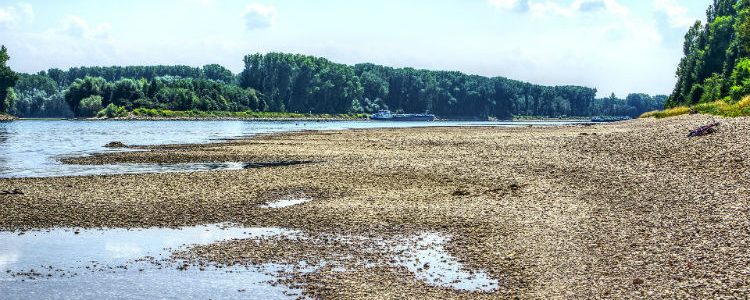

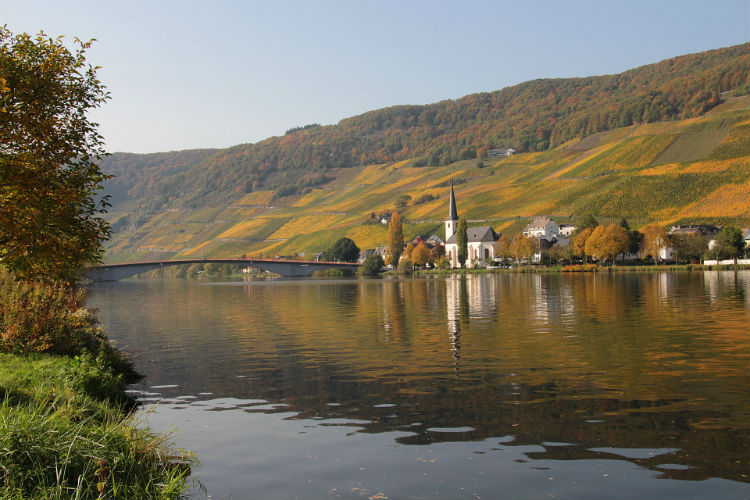



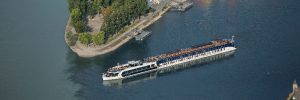
It was interesting to learn that if the river becomes foggy, there are other options. My children and I have been thinking about going on a small vacation soon, and we need to find things to do. I think that having fun in the water would be really cool, so I will talk to them about it.